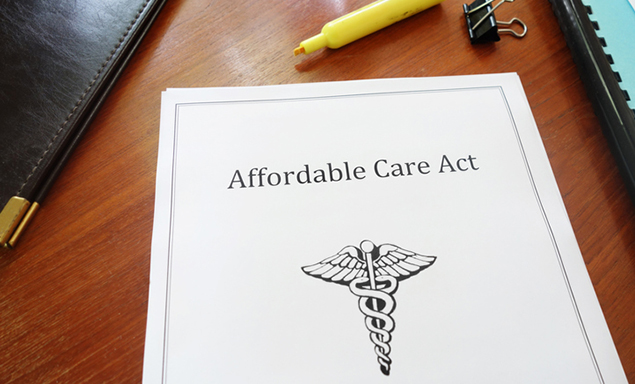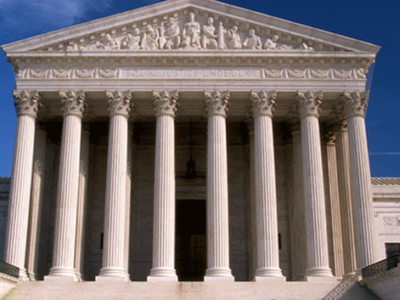
Permitting the importation of prescribed drugs from Canada is a matter rife with political overtones. In late September, the Division of Well being and Human Providers introduced that the Trump Administration will transfer ahead with drug importations from different nations, promising to cross reductions onto shoppers in an effort to comply with via on the president’s government order on drug pricing.
A ultimate rule issued by the Meals and Drug Administration permits for proposals for the importation of sure medication from Canada and different nations on a state-by-state foundation, and in addition permits for drug importation by pharmacists and wholesalers. The FDA will oversee the importation of prescription medicines from Canada which might be labeled to be used within the U.S. The medication will bear testing for authenticity and indicators of potential degradation, and to make sure they meet specs and requirements earlier than receiving official FDA-approved labeling.
In accordance with Michael Abrams, managing companion at Numerof and Associates, the ultimate rule authorizes states and non-federal entities, similar to tribal territories, to implement what are referred to as time-limited importation applications, which a state authorities must sponsor in some style. They will submit a proposal to HHS to import particular medication from Canada to the U.S., and if authorized, they’ve a time-limited license to import these medication.
HIMSS20 Digital
Be taught on-demand, earn credit score, discover merchandise and options. Get Began >>
The sponsor must spell out within the proposal what it needs to import, who the vendor is, who would buy the drug instantly from the producer, who the relabeler is, who the importer is, and which qualifying lab is testing for authenticity and degradation. These can be approved for a two-year interval, with subsequent two-year extensions.
Even with all that in place, nonetheless, the rule is assembly with pushback from business stakeholders, a few of whom are apprehensive that the prices concerned in implementing the rule would offset any potential financial savings to shoppers.
“Analysis reveals that costs for Canadian medication are sometimes from 28 to 35% cheaper than medication within the U.S. market,” mentioned Abrams. “The promise of saving U.S. residents cash on their medication is what’s driving this entire thought. The query is whether or not, after paying all the prices related to the importation course of, and including margin for the sponsor of this system, and after no matter offsets would to to insured people for the drug being bought, whether or not the differential that’s left would matter very a lot to sufferers.”
THE COSTS
The potential prices are quite a few. The sponsor incurs prices after they set up and submit proposals for approval. The producer incurs testing prices, and the importer incurs prices due to the statutory testing required to gauge degradation, to not point out the prices related to repackaging and labeling of the medication to adjust to U.S. requirements.
The importer can also be answerable for pharmacovigilance; if medical testing leads to the suspicion that the drug might probably trigger damaging reactions, a situation of approval for the drug would be the monitoring of those opposed reactions on an ongoing foundation, which might fall to the importer. And if there is a recall, it is the importer who has to shoulder that.
“These are all contingent prices,” mentioned Abrams. “And this rule excludes a variety of the most costly merchandise — for instance, biologics and infused medication. After you exclude a number of the costliest medication, the worth differentials we’re speaking about could also be much less, maybe significantly much less.”
For sufferers, it implies that by the point they purchase their medication on the CVS counter, the financial savings are prone to be negligible.
Payers spend cash for the medication, so there could also be a chance for them to decrease premiums for beneficiaries if their expense is lowered. However there is no assure that no matter financial savings they’d see can be substantial, or that they’d essentially be shared with beneficiaries.
Payers are restricted within the sum of money they will preserve past their prices of medical care as much as 15%, so except they discover a technique to spend the financial savings that is medical in nature, it is conceivable that some financial savings could also be handed onto shoppers. However given the complexities, it is not a assure, and the uncertainties are exacerbated by the upcoming presidential election. If former Vice President Joe Bide wins the White Home, the rule might very properly be reversed, particularly if it is not figuring out as supposed.
“I can not argue with the objective of saving shoppers cash, however I can not assist however be skeptical of all this exercise, which I name ‘non-value-added,'” mentioned Abrams. “The producers in Canada bundle the product in accordance with Canadian necessities, after which it will get repackaged right here. IT would not make the product any extra precious to individuals. All of that exercise prices cash to somebody.
“The one factor that is sure right here is that U.S. producers are going to really feel the ache, as a result of this program, if it goes into implementation, will reduce into their gross sales and power them to switch them with gross sales at Canadian costs with decrease margins,” he mentioned. “This is able to require producers to both settle for decrease returns, or discover other ways to scale back overhead to maintain their margins. The most definitely final result is they’d flip to their R&D expenditures and trim these they thought of to essentially the most dangerous, the longest pictures.”
That, he mentioned, would damage innovation.
Which isn’t to impugn the acknowledged intention of the rule. Making healthcare inexpensive is likely one of the few areas in Washington that has garnered bipartisan assist, though methods for reaching this objective fluctuate relying on political ideology. However Abrams thinks this explicit rule is barking up the mistaken tree.
“If the problem actually is the price of healthcare, we have to needless to say solely 15 cents of each healthcare greenback goes for medication,” he mentioned. “The opposite 85 cents is the price of healthcare supply organizations and the companies they supply. Whereas I’d not deny that there are and have been some egregious pricing points associated to medication, on the finish of the day, if the purpose is to decrease the price of healthcare, why would you deal with the 15%?
“The incentives of the healthcare system incent greater drug prices. Till you align the incentives the issue won’t get mounted.”
Although medication signify solely 15 cents of the healthcare greenback, costs are skyrocketing, in accordance with stories from the Home Committee on Oversight and Reform.
“Large Pharma’s prescription drug worth hikes are primarily targeted on maximizing firm income and have little relation to analysis and growth bills,” America’s Well being Insurance coverage Plans mentioned, citing the stories.
The stories have been launched together with Home hearings which have featured testimony from a number of drug producers, together with Bristol Myers Squibb, Amgen, Mallinckrodt, and Novartis.















